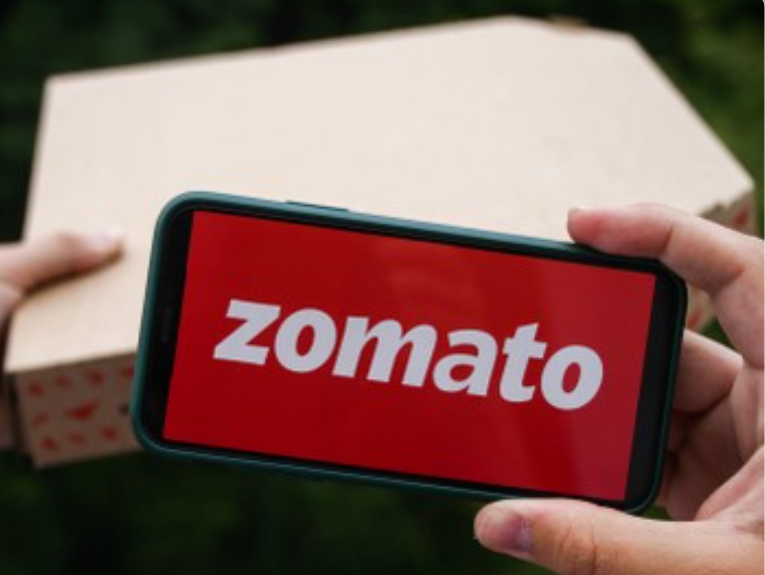Zomato is one of the most comprehensive and user-friendly apps available, enabling people to search for nearby restaurants and cafes, order food online, and have it quickly delivered right to their door.
Zomato has become one of the biggest success stories in the online food delivery industry. This article will explore the key components of Zomato’s innovative business model that has catalyzed its rise to prominence. Learn about the Cred Business Model as well
Zomato: The Beginning
The seeds of Zomato were first sown in 2008 when IIT graduates Deepinder Goyal and Pankaj Chaddah observed their colleagues manually searching for restaurant menus to order food. Sensing an opportunity, they conceived the idea of collating and digitizing these menus on a common platform – thus was born Foodiebay, the early avatar of Zomato.
In 2010, Foodiebay was renamed Zomato as it embarked on an ambitious expansion journey. By 2012, it had spread wings internationally by listing restaurants across global markets. Over the years, Zomato powered ahead reaching one milestone after another – be it growing its restaurant discovery database or scaling order volumes on its delivery platform.
Building a Social Community
Zomato’s vision is to nurture a vibrant social community of food lovers. It has a dedicated team that visits restaurants to ensure data quality and security. Users are encouraged to share reviews, opinions and stories about their gastronomic experiences. This fosters a trusting and engaging atmosphere where people can discover and socialize over food.
Zomato Business Strategy
Over the years, Zomato has expanded beyond just online food delivery to include multiple money-making avenues. Let’s analyze the key components:
Restaurant Discovery Platform
Initially just a restaurant directory, this still brings in advertising dollars from eateries wanting greater visibility. Businesses pay for banner promotions, sponsored event listings and other branding real estate to attract Zomato’s large audience.
Food Delivery Services
A major earnings fountainhead is now commissions from delivery orders facilitated through Zomato’s platform. Typically ranging from 20-25%, these commissions are split with riders. However, this stream remains relatively small currently amid discounting wars.
Subscription Programs
Programs like Zomato Gold for consumers and Zomato Pro for restaurants open steady subscription income. Diners pay for membership perks while establishments contribute for branding benefits. Additional services like tamper-proof packaging also see monetization.
Live Events
Zomato has leveraged its brand equity to enter event management through Zomaland carnivals spanning food, music and entertainment. Entry tickets sales contribute handsomely.
Technology Enablement
Offerings like whitlabeled food delivery apps and cloud kitchen solutions enable partners operationally while bringing SaaS-based revenue. Zomato also runs consulting services around market analysis, licensing and more.
Kitchen Infrastructure
Zomato Kitchens allows entrepreneurs to set up delivery-only kitchens under revenue sharing agreements requiring upfront investments starting ~INR 35 lakhs. Promising quick returns, 180+ units already run under this model.
As evident, Zomato has judiciously opened multiple channels to reduce reliance on discount-heavy delivery orders. Still the majority income arises from advertising and promotions revealing scope to further optimize monetization.

